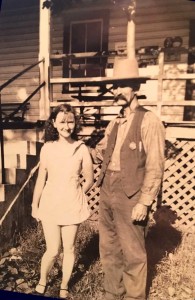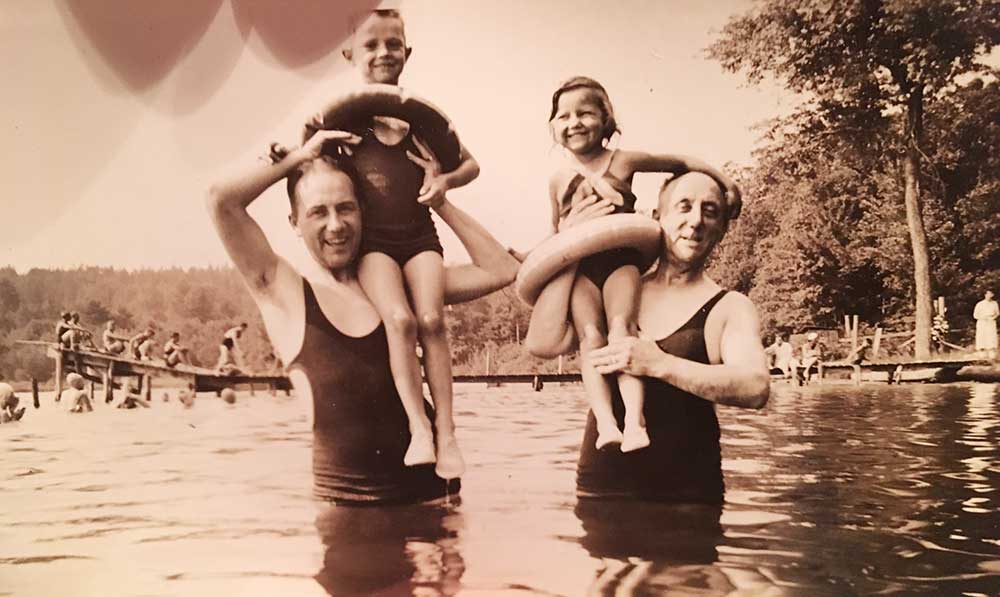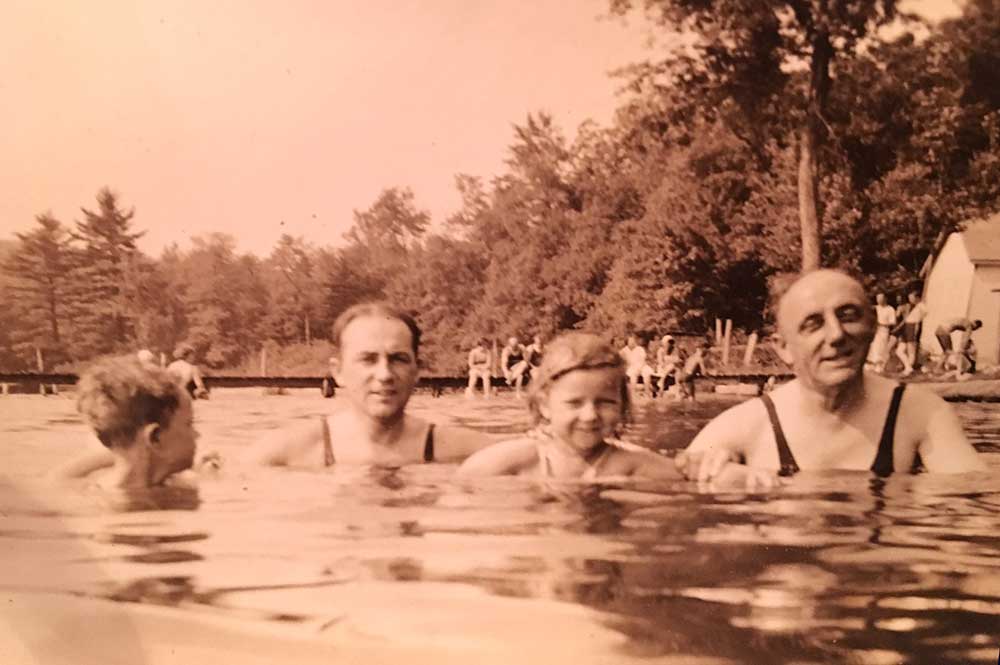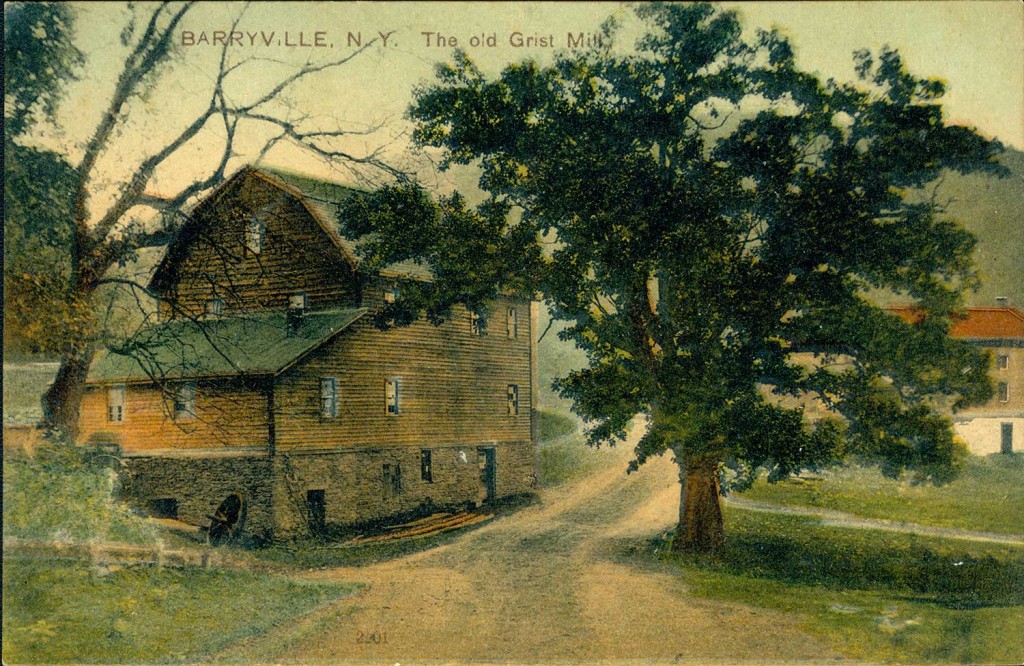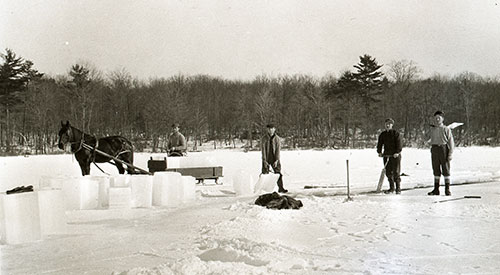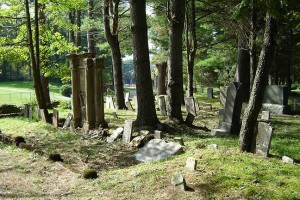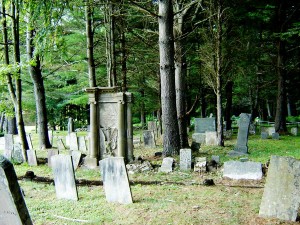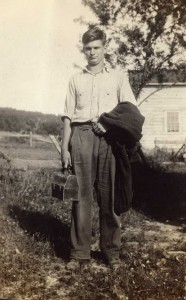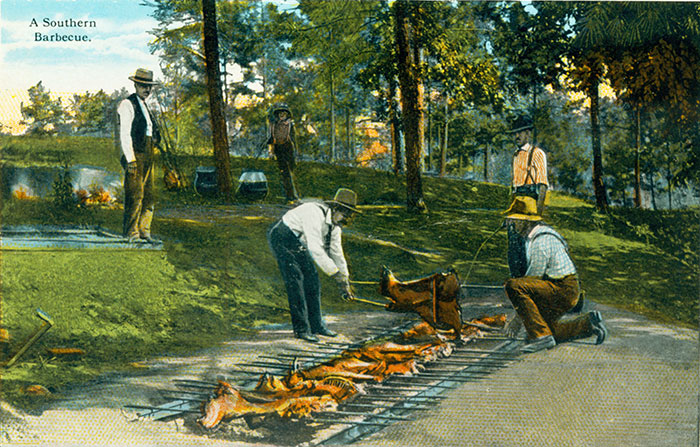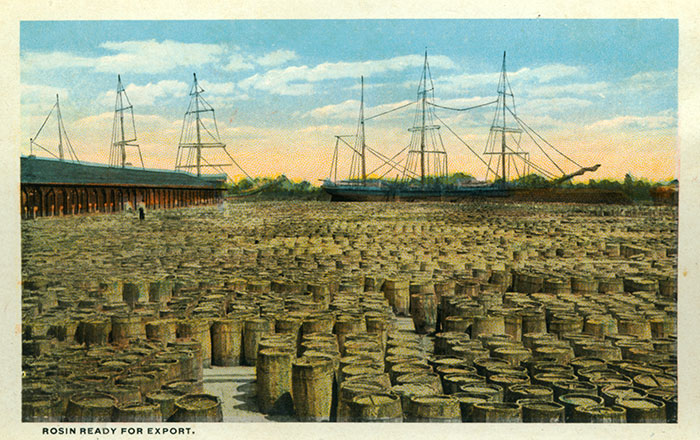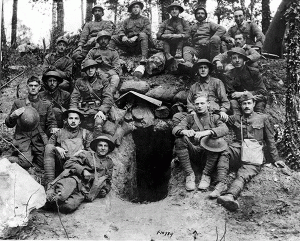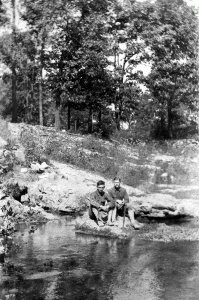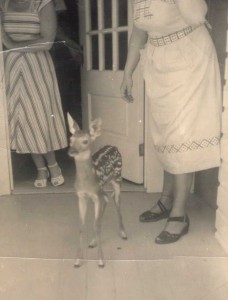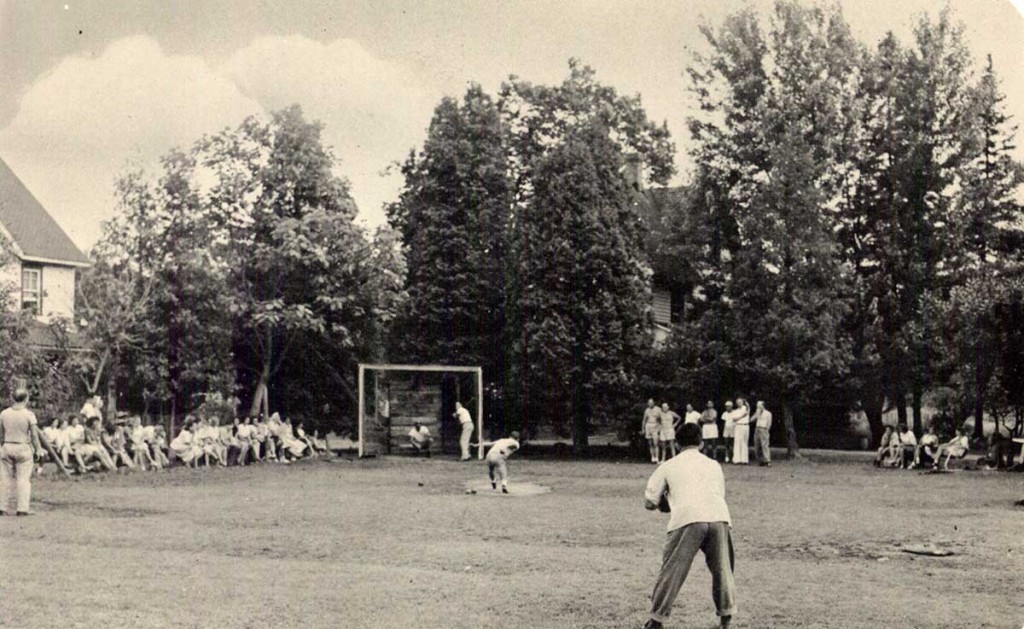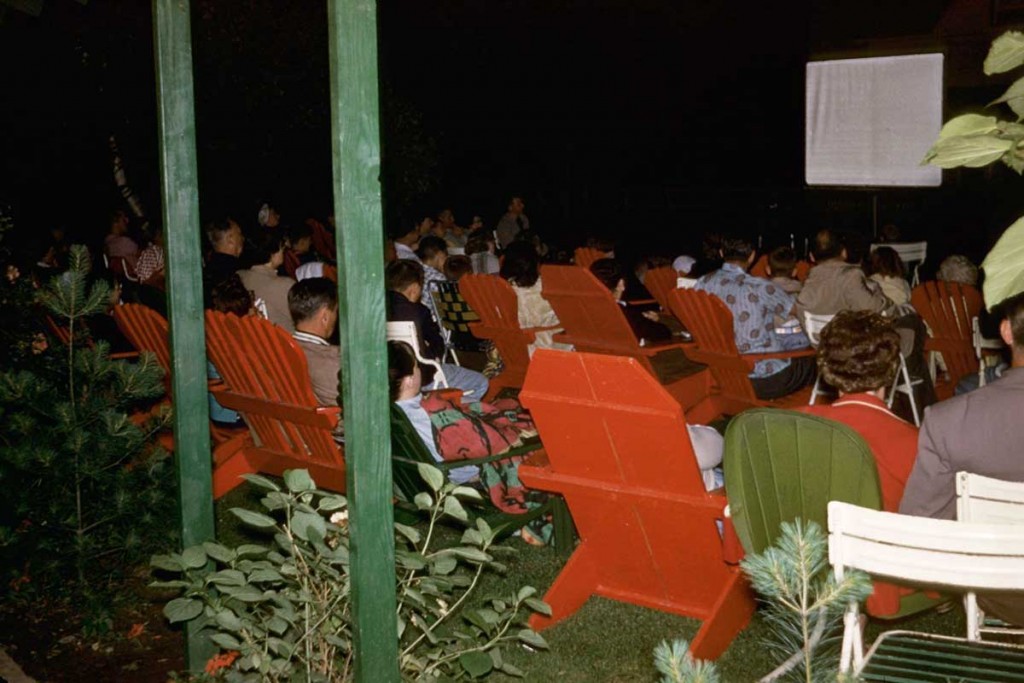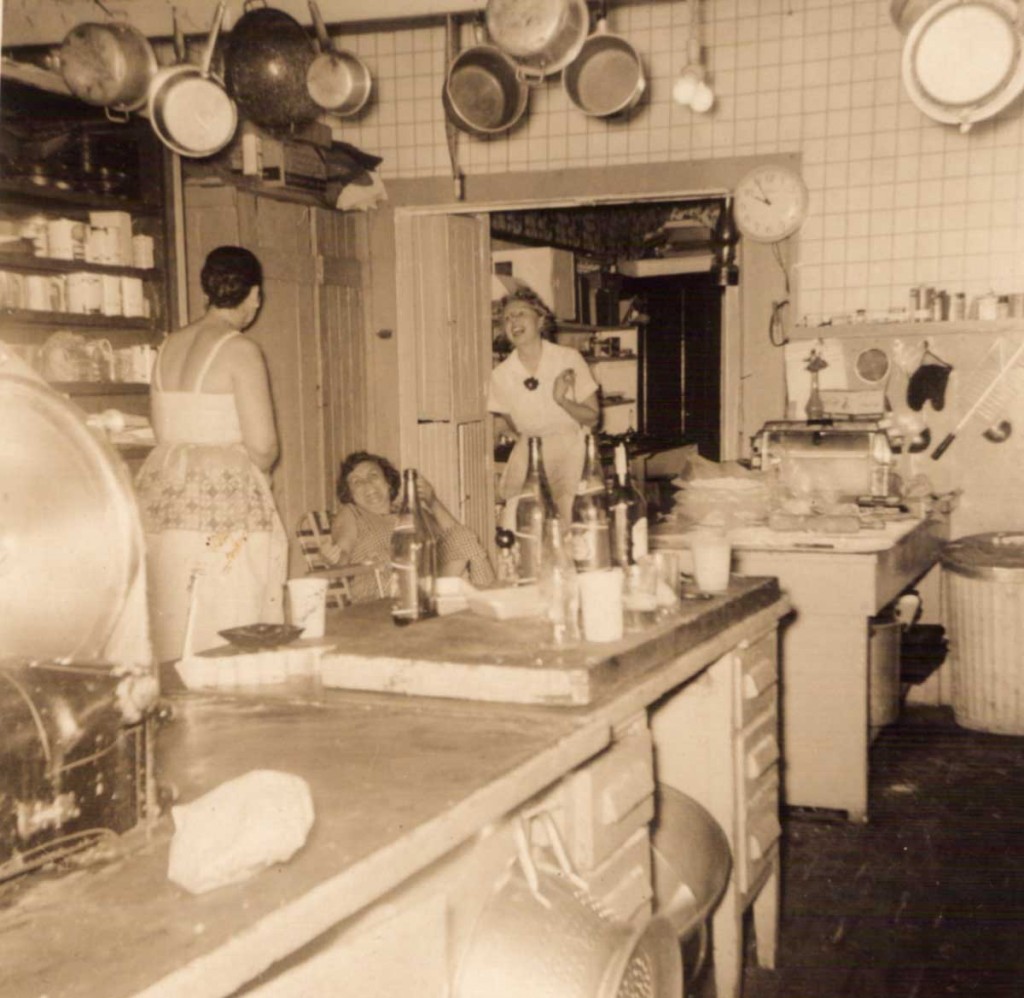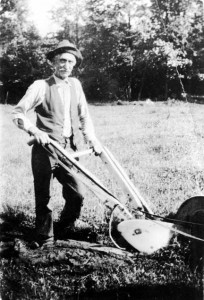
In March 1884 Aida Austin was in New York City and received the following letter from her father. The Stidd Family mentioned was probably William and Mary Hickok Stidd, relatives of Mary Ann Eldred Austin, Aida’s mother.
William Hickok, also mentioned, was Mary Stidd’s brother. The Siblings were children of Justus and Mary Wells Hickok. Justus was the brother of Hannah Hickok Eldred, Mary Ann’s mother.
W.H. (Henry) Austin, Eldred, to Aida Austin, N.Y.C.
March 9, 1884
Dear Daughter,
Your Mother wants me to write to you to let you know we received your kind letter. We was vary glad you was not detained in Port Jervis for it would have been vary disagreeable for you to have had to wait for the 4 o’clock train after being up all night.
I was into Stidds to dinner that day and they was very much pleased with our visit. They talk a great deal about the piece you spoke that night and praised it vary much.
I expect we will have to go up to Irv’s some night this week. I wish you could be along to William Hickock’s next week. I think I shall quit surprising folks then.
Lon had a letter from Mort Saturday. He has been sick with the mumps, but is getting better. He said Eldred [Ell] would start for Sullivan, Monday, March 10th. Some around here think Mort went some ways to get the mumps.
I don’t suppose you care much about politics, but I shall have to tell you how it went in this Town. There was 203 votes polled. Oliver Calkin got 103; T. Gray, 42 votes; C. Frace, 58 votes. Oliver got 3 votes more than both other candidates. So you see, A. Myers don’t run this town yet.
Mother says she will wait until Eldred comes home before she sends you the sack and handkerchief.
Let’s hear from you soon. Hoping this will find you well as it leaves us.
I will close with much Love from your loving Father, W.H. Austin

